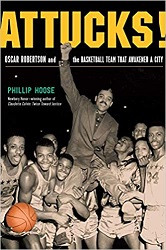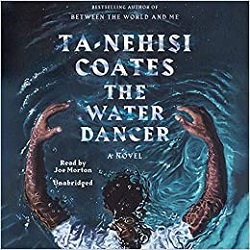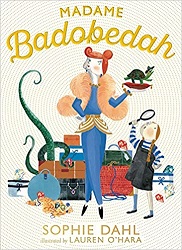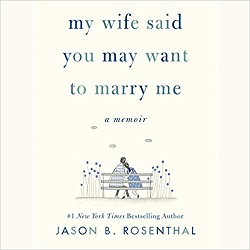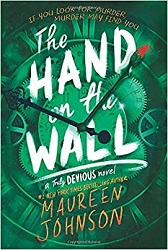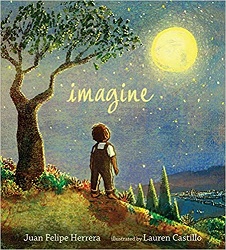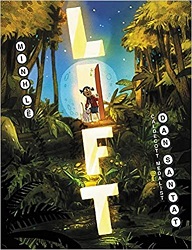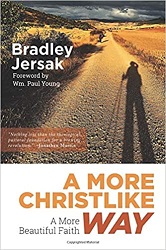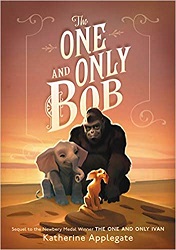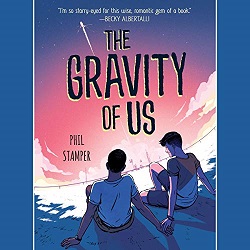Review of Attucks! by Phillip Hoose
Oscar Robertson and the Basketball Team That Awakened a City
by Phillip Hoose
Farrar Straus Giroux, 2018. 212 pages.
Starred Review
Review written November 14, 2018, from a book sent by the publisher
2018 Sonderbooks Stand-out:
#6 Longer Children’s Nonfiction
I am not a fan of sports books. Ho hum. Who really cares?
So I was completely surprised to be mesmerized and pulled into this story of an all-black high school in Indianapolis that built a championship basketball program, despite discrimination.
Phillip Hoose puts a special note at the front of the book about an interview he did with Oscar Robertson in 1986 about basketball fever in Indiana.
One scrap from that conversation inspired the book you’re reading now.
“You know,” Oscar said, “when the Ku Klux Klan started our school, they really didn’t understand what they were doing.”
“What do you mean?” I asked.
“They did something they couldn’t foresee by making Attucks an all-black school. The city of Indianapolis integrated because we were winning. All the black guys, the really great players, went to Attucks. We were winning all those games, and the coaches didn’t like it. And then a lot of black kids started going to other schools . . .”
What could he be talking about? A high school in a major American city – in the North – started by the Ku Klux Klan? And a basketball team integrating that city?
Oscar wasn’t laughing.
Could it be true?
So Phillip Hoose is telling the story of winning basketball teams, building a championship basketball program, and one of the greatest high school basketball players ever – but he does all that against the backdrop of overcoming racism and the whole city of Indianapolis building pride in the championship team at the all-black high school.
There are spoilers in the note at the front. The author doesn’t hide that Oscar Robertson led the Attucks team to state championships in 1955 and 1956. But how they got there – That’s a story!
The Prologue actually begins before Oscar was even in high school – with the game where his big brother had an amazing game-winning shot with seven seconds left.
Then the main text goes back to the founding of Cristpus Attucks high school in 1927 – yes, it was started by the Klan in order to separate the black kids who had been moving to Indianapolis from the south. He carefully gives us several threads to follow, including how the basketball program developed as well as Oscar’s childhood, obsessed with basketball from an early age.
The first basketball coach at Attucks was concerned that his players not offend anyone – which doesn’t make for the toughest team. But even when they got an excellent coach, the larger white schools wouldn’t play against them, and they weren’t even allowed in the statewide tournament until 1942.
The author includes several seasons, including some with real heartbreaker games. He highlights many of their great players (not just Oscar, the Big O). It all builds to a breathtaking finish and a description of their undefeated season when they became state champions.
And I should probably stop saying that I don’t like sports books. This one was outstanding.
philliphoose.com
fiercereads.com
Find this review on Sonderbooks at: www.sonderbooks.com/Childrens_Nonfiction/attucks.html
Disclosure: I am an Amazon Affiliate, and will earn a small percentage if you order a book on Amazon after clicking through from my site.
Source: This review is based on a book sent by the publisher.
Disclaimer: I am a professional librarian, but the views expressed are solely my own, and in no way represent the official views of my employer or of any committee or group of which I am part.
What did you think of this book?
